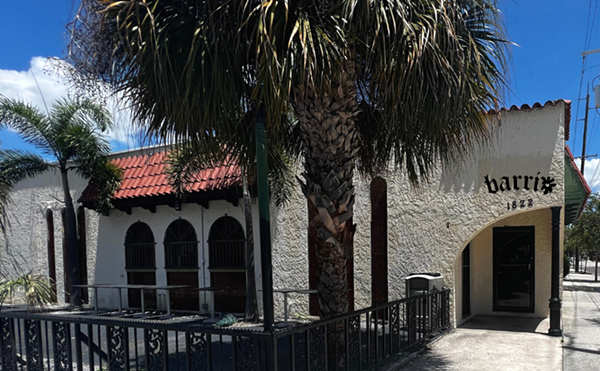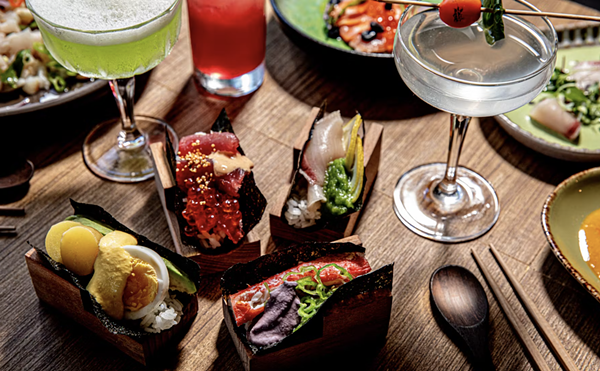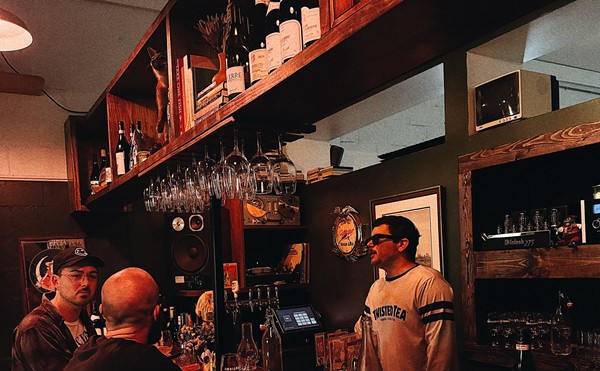I remember that from the early days of my childhood when, as a summer ritual, I hiked around hilly, musty under-woods with my tribe, friends and family led by my grand father, the patriarch who knew “the spots”. We paced up and down, an old pocket knife and an onion bag in hand, in search of porcini, chanterelles and black trumpets, sorting through shoots and decaying leaves around dead or dying elms and pines, our shoes muddy and our feet wet, excited when successful, exhausted when we failed.
Porcini (in Italian), cep (in French) or Boletus Edulis (its scientific name) were the most elusive, prized of all foraged mushrooms, and usually played hard-to-get. The more common Boletus Satanas, a close relative and porcini look-alike, were usually abundant. But the undifferentiating foragers, those who picked and tasted Boletus Satanas in self-contentment, are no longer among us to share the details of their fatal mistake.
[image-1]Porcini are truly appreciated by gourmets. Those, like me, who own reminiscent memories of hikes in the woods know that the uncertain, tiring foraging is an experience best culminated by a plateful of the warm, simply sauteed mushrooms. The fruit of your labor, you know. But mainly, it’s the deep, musky, unique taste of the wild that is just priceless, especially with a nice, structured red wine from the same region.
While some of you may be intimidated by the floating culinary mysteries surrounding wild mushrooms, rejoice and fear not. Cooking porcini is easy as pie.
Recipes are plentiful. Delicious as an accompaniment with veal, pheasant, or even chicken and beef, fresh porcini don’t need much embellishment. If you ask me, simpler is better. Dressing them up with complicated techniques and headache-triggering lists of ingredients would be a confession of gastronomic failure. Like all wild mushrooms, it’s nice to just saute them in butter, with a little sea salt, freshly ground pepper and chopped parsley. An important tip: they will expel water when cooked, which will eventually reduce under high heat, disappear, and they will take a nice buttery texture -- then it's time to serve them.
Other classics involve au gratin recipes: sautéed and passed under the broiler with Alfredo sauce, freshly grated Parmiggiano Reggiano and breadcrumbs. Try to make a wild porcini soup, maybe with the next day’s leftovers. Alternatively, making porcini sauce is also a rewarding experience: Sauté in butter with shallots, flambé with cognac and deglaze with Chardonnay, stock and cream, then reduce. The sauce is delicious with beef tenderloin or over pasta.
Of course, my favorite source is the good folks at D’Artagnan. Check out their online shop but I recommend you call them; it is my experience that the owner, French chef Ariane Daguin, has many things in her basket that actually never get posted on the website. All you have to do is ask. Most likely, the answer is “oui”.
Other good sources include Oregon Mushrooms, and Gary’s. Heck, even Ebay sells fresh porcini! Just remember, though, what I just said about the Boletus Satanas. May this serve as my disclaimer.
As always, my advice to first-timers is this: just buy ‘em! And know that if you need me, I’m always here to accommodate individual requests. Just shoot me an email or post a comment.
Chef Gui Alinat is a regular contributor to the CL Tampa Food. He is also a local executive chef, blogger and author of The Chef’s Repertoire. You can check out his blog at www.chefgui.com or follow him on Twitter.

















